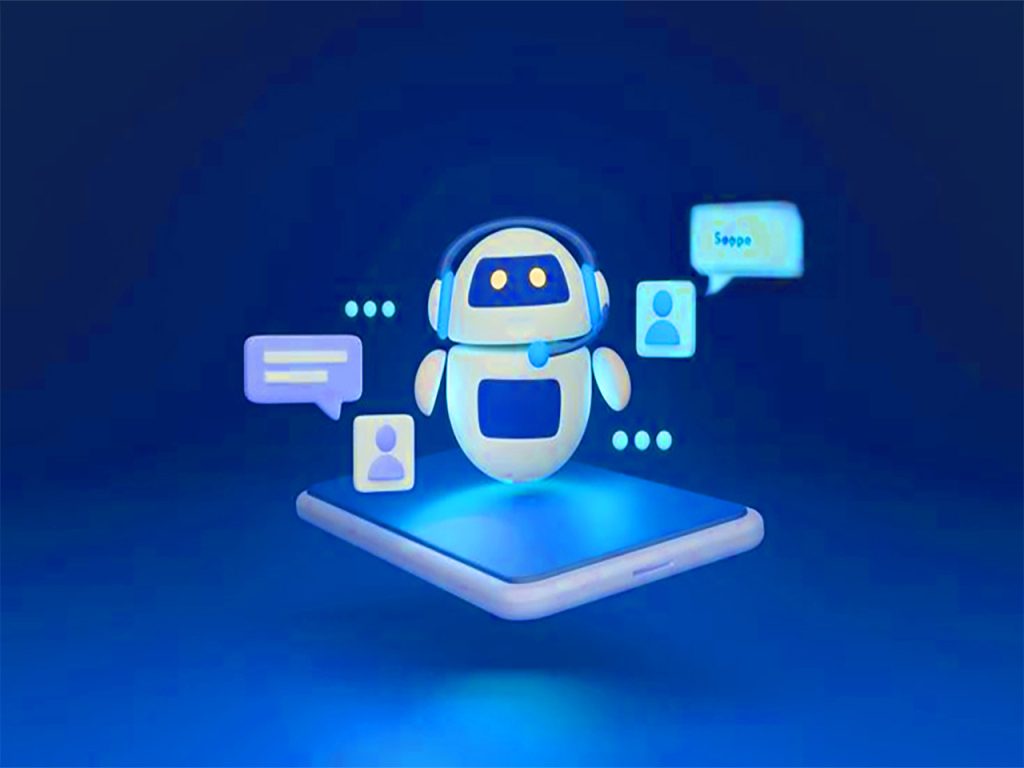Introduction
Technology has revolutionized the way we communicate, and one of the most inspiring inventions in recent times has been the rise of AI chatbots. These intelligent virtual assistants could be a game changer when it comes to client service and personalized interactions. In this article, we will explore the advancements and inventions in AI chatbot design that are shaping the future of conversations. With the capability to simulate human conversation, AI chatbots are getting increasingly sophisticated, allowing businesses to give round-the-clock support and enhance the user experience. These chatbots, powered by artificial intelligence and machine learning algorithms, can understand the environment, anticipate user requirements, and provide real-time results.
In addition to their improved functionality, AI chatbots are also being designed with more human-like personalities, injecting empathy and humor into conversations. By analyzing data and learning from user interactions, chatbots can conform their responses and make conversations more engaging and meaningful. Likewise, advancements in natural language processing and voice recognition technology are taking the capabilities of chatbots to new heights.From voice-activated assistants to chatbots that can carry out complex tasks, the future of conversation is filled with inspiring possibilities. Join us as we delve into the world of AI chatbot design and explore the advancements that are reshaping the way we interact and communicate.
Advancements in NLP (Natural Language Processing)
NLP is the secret sauce that helps chatbots understand and respond to human language, bringing us one step closer to realizing that sci-fi dream of having meaningful conversations with machines. Imagine, you’re chatting with a chatbot, casually discussing the latest tech trends.
The chatbot not only comprehends the meaning behind your words but also grasps the nuances, detecting sarcasm, humor, or even that casual eyeroll. Natural language processing algorithms analyze your input, breaking it down to its core components, and respond accordingly. It’s like having a super intelligent sidekick who not only gets you but also surprises you with witty banter and relevant information.
Machine Learning in Chatbot Design
Machine learning empowers chatbots to evolve and improve their performance through data-driven learning experiences. It’s like giving these digital wonders an endless supply of knowledge and real-world data to grow and adapt from.
Chatbots learn from interactions with users, tailoring their responses based on patterns and user feedback. The more conversations they participate in, the smarter they become. The chatbot’s algorithms analyze mountains of data, identifying patterns and refining their understanding of human interactions.
Innovations in AI Chatbot User Experience
The user experience is at the heart of every successful AI chatbot. To ensure we’re constantly pushing the boundaries, innovators are continuously seeking ways to enhance this experience. From responsive interfaces to intuitive navigation, every element plays a role in creating a seamless and enjoyable conversation.
Imagine a chatbot that not only understands your questions but also your unique preferences. This is where personalization and customization in AI chatbot interactions come into play, giving you a tailored experience that feels like a true conversation with your friend.
Personalization and Customization in AI Chatbot Interactions
AI chatbots are now masters of understanding your language, tone, and style. Through advanced algorithms and data analysis, they learn precisely what makes you tick. They adapt their responses to mirror your preferences, incorporating your lingo, jokes, and even emojis.
AI chatbots now empower you to set your own parameters. Their ability to adapt responses to your specific needs has revolutionized customer service, e-commerce, and various industries. By offering tailored guidance and suggestions, chatbots contribute to higher engagement levels and increased user satisfaction, significantly impacting business outcomes.
Multilingual and Multicultural AI Chatbots
The integration of multilingual and multicultural capabilities within AI chatbots has widened their global reach and significance. These chatbots transcend language barriers, enabling seamless communication across diverse linguistic backgrounds.
AI chatbots enable inclusivity and accessibility in interactions by supporting many languages and cultures. They serve to a broader user base, ensuring that language differences do not hinder effective communication. This innovation holds immense value in industries with a global presence, fostering better connections and understanding with users worldwide.
Integration with Voice Assistants and Smart Devices
The seamless integration of AI chatbots with voice assistants and smart devices has elevated user experiences to unprecedented levels of convenience. Switching from chatting with your chatbot to enjoying a hands-free interaction through your voice assistant. It’s like having a personal assistant who listens, responds, and connects you effectively to the technological wonders that surround you.
From smart speakers to smartphones, these integrated chatbots bring convenience and accessibility to a whole new level. Just imagine commanding your voice assistant to book a flight, order a pizza, or summon your favourite playlist, all while chatting with your AI chatbot.

AI Chatbot Design for Customer Service and Support
The way businesses interact with customers has changed dramatically with the integration of AI chatbots into customer service and support. As the initial point of contact, these intelligent bots respond to inquiries quickly and effectively, transferring complex issues to human agents as necessary. Their round-the-clock availability ensures support 24/7, greatly increasing client happiness and service effectiveness.
AI Chatbots in E-commerce and Sales
AI chatbots are not just limited to customer support alone. In the world of e-commerce and sales, AI Chatbot can analyze customer preferences and past purchase behavior, providing recommendations so accurate it’s like they’ve tapped into your inner thoughts! They can even process orders, freeing up your sales teams to focus on more complex inquiries and upselling strategies which eventually augment the overall shopping experience. It’s resembles having a sales army of futuristic superheroes working 24/7 to skyrocket your business success!
Challenges and Ethical Considerations in AI Chatbot Development
We must confront the challenges and ethical considerations that come along during AI chatbot development. Data privacy and security are huge concerns for users like you. That’s why safeguarding your sensitive information and adhering to strict privacy protocols are the key to maintaining trust and staying compliant with data regulations.
Tackling any biases that may arise in AI algorithms to ensure fairness and inclusivity in chatbot interactions. Biased data can perpetuate discrimination, which is why developers should take extra measures to mitigate these biases and ensure that all responses from chatbots are equitable and unbiased.
AI Chatbot Design Process
Designing AI chatbots requires careful consideration of the user experience and effective utilization of the available technology. By taking inspirations from human-like conversations, leveraging user conversation history, designing user flows, choosing the right interaction style, and implementing linear flow, I can create exceptional chatbot experiences with my Freelance UX UI Design service.
The future of chatbot design holds great potential for further enhancements and advancements. It is crucial to stay updated with emerging trends and technologies to continually improve chatbot UX. By following these guidelines, businesses can leverage the power of AI chatbots to provide seamless and personalized interactions with their customers.
Conclusions
Natural Language Processing (NLP) will give chatbots superpowers to understand human nuances effortlessly. Predictive analytics and machine learning will let chatbots anticipate your needs with tailored suggestions, refining user experiences. Plus, augmented reality (AR) and virtual reality (VR) will revolutionize chatbot interactions, immersing you in virtual spaces. The future also promises enhanced explainable AI (XAI), ensuring transparency in decision-making processes to earn your trust. AI chatbots are rewriting the rulebook in customer service, e-commerce, and sales.




